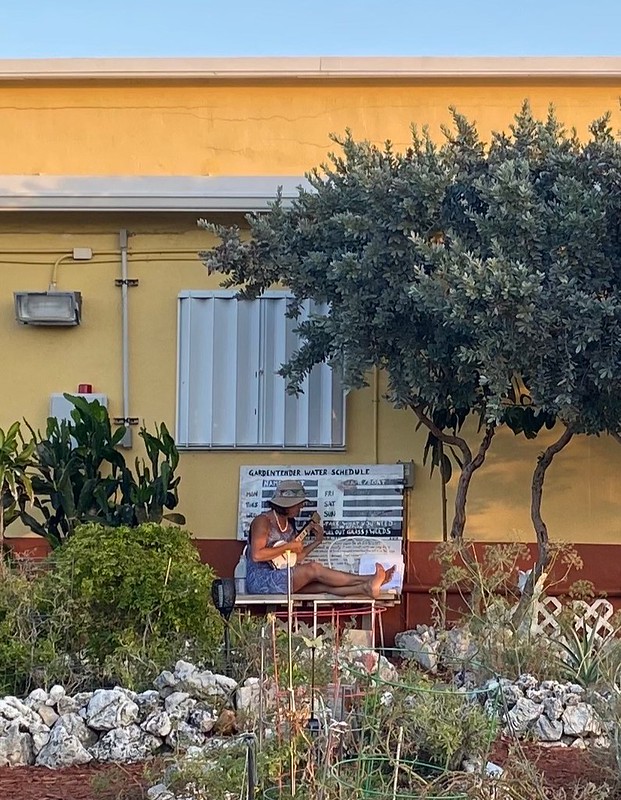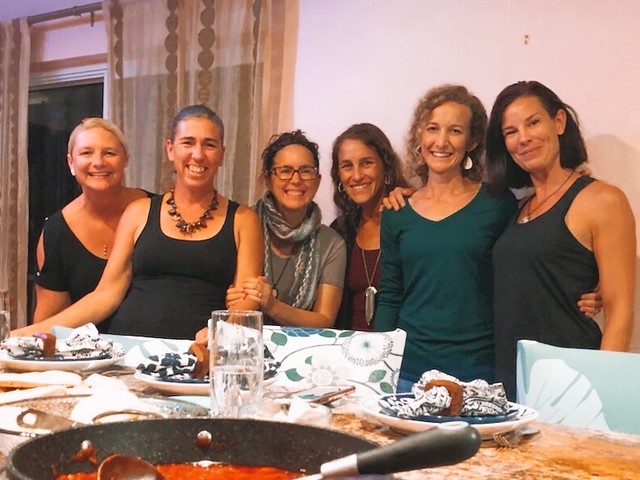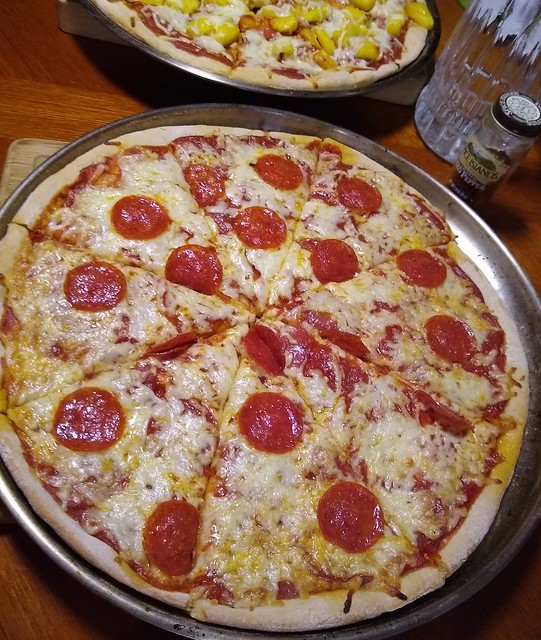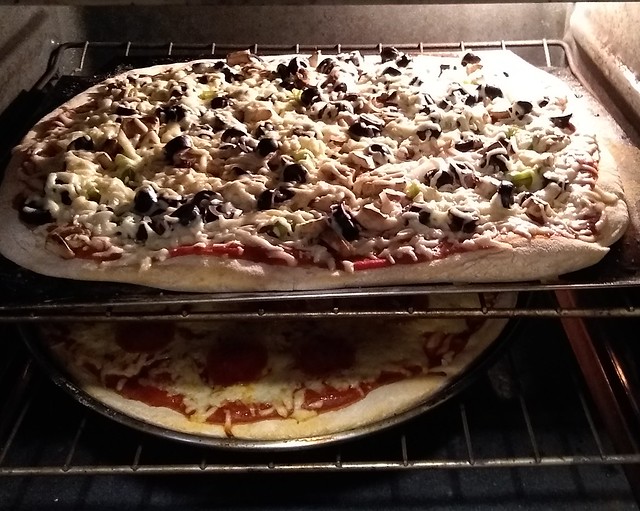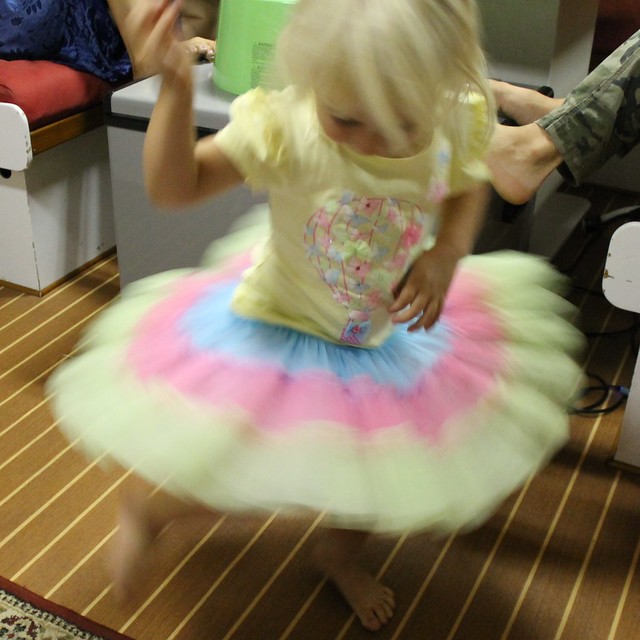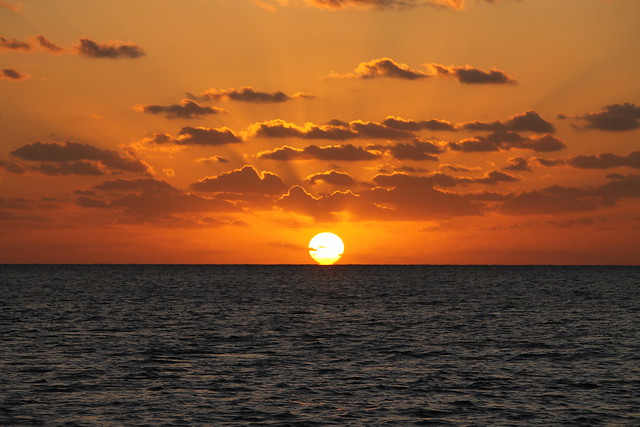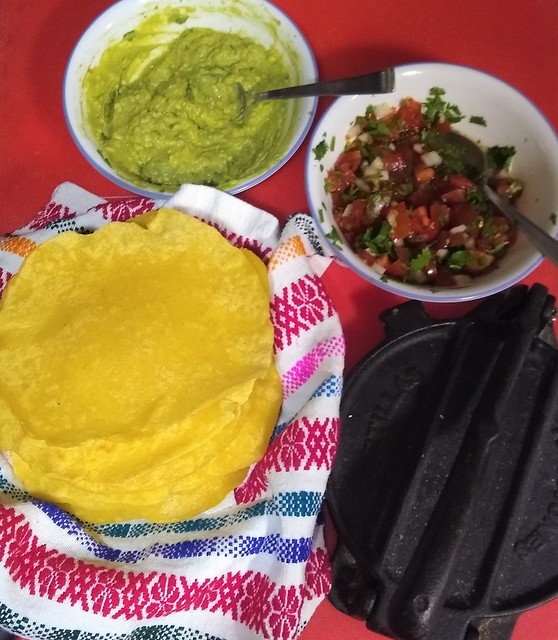“Do whatever brings you to life, then. Follow your own fascinations, obsessions, and compulsions. Trust them. Create whatever causes a revolution in your heart.” –Elizabeth Gilbert (in Big Magic: Creative Living Beyond Fear)
Humans create things because we can’t not create. The cave paintings of Lascaux bear witness: even those hunter-gatherers whose lives were defined by the eat-or-be-eaten struggle still found energy to create beautiful images by firelight with materials they had on hand. Whether rich or poor, free or slave, homo sapiens write, draw, sing, paint, dance, cook, design, play instruments, sew, tell stories, take photographs, make up games, and decorate themselves and their living spaces. Creativity is universal, and not dependent on circumstances.
housed at the American Visionary Art Museum, Baltimore
Hardship, in its many guises, cannot quash creativity: I once saw an exhibition of tiny embroidered tapestries by Ray Materson, a man serving time in a state penitentiary who got ahold of a needle and unraveled socks to make art. Similarly, the Auschwitz-Birkenau Museum houses a collection of “illegal art” made by concentration camp victims, demonstrating that even in a seemingly hopeless situation, hope finds a way, and that way is marked with beauty. America owes much of its musical heritage to African slaves—who brought rhythms and styles from another continent and who made up songs as they labored under compulsion. Maya Angelou nails it in her poem, “Caged Bird”:
The caged bird sings/with a fearful trill/of things unknown/but longed for still/and his tune is heard/on the distant hill/for the caged bird/sings of freedom.
Cages take many forms. There are the bars and chains you can see, and the ones inside the mind, which may be invisible but no less limiting. There are cages made for us, and barred doors we lock ourselves. Slavery and persecution are cages, but so are the greed and hatred that cause them. Poverty is a kind of cage, and so are fear and depression. Childhood abuse can keep people locked up long after they’ve grown into adults, and mental illness can be a cruel and unusual punishment that leaves both body and mind imprisoned.
Even a quarantine is a kind of cage—though we can justify its necessity and though it may be temporary, it chafes just the same. Talking with a fellow sailor who finds himself in geographical limbo because of the pandemic, country closures, and the impending hurricane season, we agreed that though we are grateful for our relative comfort, the restrictions on movement and social interaction and the inability to plan for an uncertain future leave us feeling trapped. It’s a gilded cage, for sure, compared with nursing homes, shoebox-sized apartments in big cities, prisons, and hospitals, but a cage nonetheless.
One of the deepest longings of the human psyche is freedom—not just the ability to physically move without restriction, or to make our own decisions, but to be liberated in our thinking, to be unchained in our hearts. And when we can’t get out of a restrictive situation, creativity can breathe freedom into our souls. While it’s easy to focus on the negative because bad news sells, I have also been so amazed by the positive responses of the human race in the last couple of months.
Despite suffering from ALS and nearly complete paralysis, my friend Lisa’s grandmother was smiling and singing from her chair in a locked-down California nursing home. A college friend wrote a song with his suddenly-homeschooled kids and posted the music video. My daughter Rachel and her friend Zoe on S/V Rothim began an exchange of letters and art projects—each one more fantastic and creative than the last.
Projects people put off for years are getting done, murals are popping up on walls, and photographs are getting shared. People are making music and not just downloading it. People are learning to grow vegetables and cooking homemade meals and not just consuming convenient calories. Despite cages of illness, fear, sadness, and anger, creative humans are responding with love, light, color, sound, and joy.
Our creativity can be fed, and not choked, by our circumstances. We can take our mixed emotions, our limitations, our pain, our frustration, and make something. It is always within our power to make or destroy, to raise or raze. While it is arguably easier to destroy—to give in to rage or apathy—the hard work of making something beautiful brings us a sense of accomplishment and joy that frees our minds even though our circumstances may remain unchanged.
To do this fearlessly, without self-criticism and without worrying about what someone else will think, is to engage in something magical, miraculous, and transformative. I leave you with a quote from Rachel Hollis (in Girl Wash Your Face: Stop Believing the Lies About Who You Are so You Can Become Who You Were Meant to Be):
“Creating is the greatest expression of reverence that I can think of because I recognize that the desire to make something is a gift from God…if you’re unconcerned about other people’s interpretations, then everything you make is fantastic.”
Go make something fantastic.




